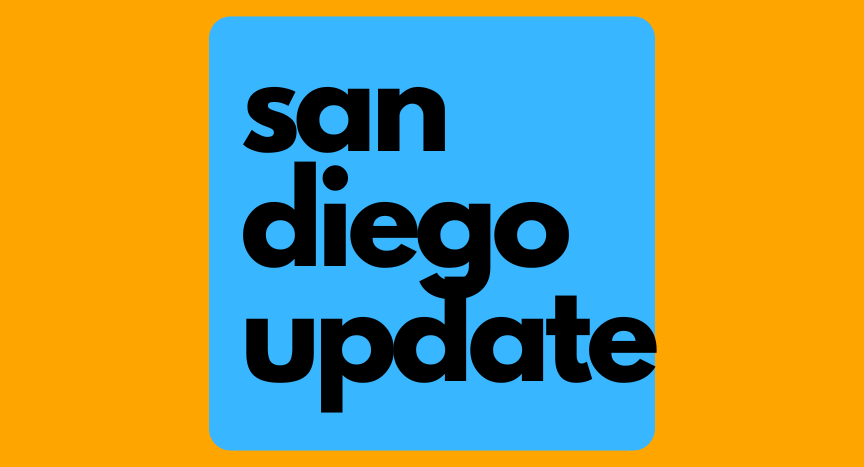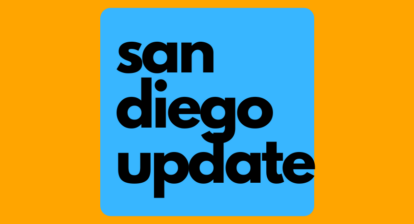On July 24, President Donald Trump signed an executive order titled, “Ending Crime and Disorder on America’s Streets.” Despite its title, the order primarily addresses the increasing issues surrounding homelessness in the United States.
This directive reflects the Trump administration’s aim to redirect federal assistance from states and cities prioritizing housing first approaches toward those implementing more punitive tactics, which may include involuntarily hospitalizing homeless individuals with mental health issues, linking housing support to sobriety, and increasing enforcement against urban encampments.
Many experts have voiced their concerns regarding this approach.
“This order represents the most harmful policy proposal on homelessness in my career,” remarked Ann Oliva, CEO of the National Alliance to End Homelessness, in a statement.
Like many previous executive actions, this order is expected to encounter significant legal challenges. However, it might obscure the broader implications of shifting federal policies on addressing one of San Diego’s most persistent challenges.
Homelessness in San Diego
According to the U.S. Department of Housing and Urban Development (HUD), the agency responsible for homelessness programs, approximately 10,000 individuals in San Diego County were without housing in 2024. The county’s homelessness rate of 324 homeless individuals per 100,000 residents surpassed most major U.S. cities and was about 50 percent higher than the national average. While numerous factors contribute to the local homelessness issue, most researchers concur that the unavailability of affordable housing—a statewide problem in California—is the most significant.
The variety of policies and programs addressing homelessness reflects the complexity of the issue itself. San Diego County oversees 46 different local programs that primarily assist individuals at risk of or currently experiencing homelessness, while around 60 distinct programs operate within the city of San Diego. These initiatives support outreach, temporary housing, permanent supportive housing, legal assistance, and access to rehabilitative services, with a diverse range of local agencies and nonprofits executing them, from child welfare offices to police departments, hospitals, and organizations like Father Joe’s Villages and Alpha Project for the Homeless.
In some positive news, the Regional Task Force on Homelessness reported a 7% decline in homeless individuals in San Diego County for the first time in several years based on the annual count conducted in January. Although the overall homelessness rate remains high, the data indicated some troubling trends, such as an increase in individuals living in their vehicles. Nonetheless, the overall trend suggests that increased funding and better coordination among providers may be starting to yield positive results against this persistent issue.
The Trump Administration Takes Aim at HUD
Shortly after local officials completed their latest count of the unhoused individuals in January, the Trump administration took office, introducing new challenges.
From January to March, federal officials froze grants previously allocated by the Biden administration to homelessness service providers and sought to impose new requirements on these grants concerning issues like “gender ideology” and immigration. A federal judge has temporarily blocked these actions, leading HUD to unfreeze the funds, though access to future financing remains uncertain.
Simultaneously, the Trump administration initiated a campaign to downsize HUD. By April, nearly a quarter of HUD’s staff had either been laid off or accepted a buyout, and the agency moved to shut down field offices nationwide. Furthermore, the U.S. Interagency Council on Homelessness effectively ceased operations. Such cuts may impede San Diego’s ability to access federal resources and guidance in tackling homelessness.
Adding to the difficulties, the White House proposed a HUD budget for the upcoming year that would reduce the agency’s funding by 44 percent. This proposal includes severe cuts to services and long-term support for the homeless, along with new time limits on assistance. Such drastic reductions could prove disastrous for organizations like the San Diego Housing Commission (SDHC), which administers most local programs and derives over 70 percent of its annual funding from federal sources.
A Likely Federal Funding Reprieve, but Lingering Gaps
Fortunately for local providers, the final decision on the federal budget does not rest with the White House. Congressional committees in the House and Senate, which oversee HUD funding, utilized the current funding levels as a baseline for negotiations, rather than the administration’s proposed cuts. However, even in this more favorable budget scenario, San Diego may still confront challenging choices in maintaining momentum against homelessness.
The majority of federal funding for homelessness in San Diego originates from housing vouchers, which assist landlords by covering the gap between rents and what low-income families can afford. In San Diego, approximately one-third of these vouchers are allocated to individuals facing homelessness. Vouchers aid in securing housing for the unhoused and preventing currently housed families from falling into homelessness. Nonetheless, even if Congress maintains or slightly increases funding for these vouchers, the SDHC anticipates a $17 million shortfall in rental assistance next year due to the widening gap between rising local rent costs and stagnant family incomes. This shortfall may result in 900 local households in need being left without help.
Furthermore, Congress is unlikely to renew the Emergency Housing Vouchers program established during the Covid-19 pandemic, halting assistance for 460 households that are already at high risk of becoming homeless. Over time, diminishing or stagnant HUD funding will also hinder the development of new affordable apartments for the most vulnerable families, as financing for these typically relies on vouchers.
Time to Step Up?
Ultimately, the San Diego region cannot sustain progress in combating homelessness without an increase in affordable housing, more support for low-income renters, and ongoing backing for proven strategies. And the federal government appears to be a progressively unreliable source for all three.
Fortunately, California has begun to take action. The city and county of San Diego received about $60 million from Sacramento in the latest round of funding from the Homeless Housing, Assistance, and Prevention program, and local governments are now eligible to apply for a share of the $2.2 billion commitment to permanent supportive housing funded by Proposition 1.
Now may be the time for San Diego’s local governments to take further action. In recent years, regions like Los Angeles, San Francisco, and Alameda counties have introduced new tax measures that generate substantial resources for addressing and preventing homelessness. San Diegans have the potential to follow suit, but the local government and its partners must demonstrate ongoing progress to earn the trust of voters. The region may need to act quickly before Washington’s indifference or hostility exacerbates the crisis.



